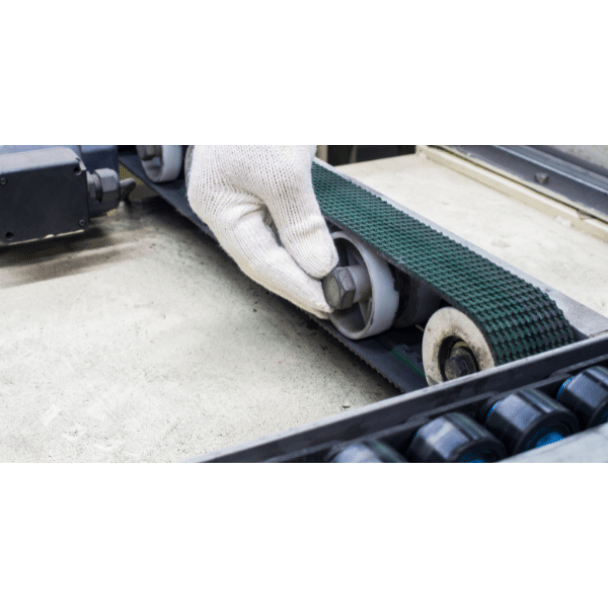Encoder Installation Precautions
PCA encoders are designed for a wide range of installations, from general industry to very heavy duty sites as found in food processing and on the decks of ships at sea. To ensure you receive optimal life from our encoders, there are a number of precautions that must be followed.
Encoder Mechanical Hendling Precautions
- Do not drop the encoder because if it falls on the shaft, internal damage can occur.
- Do not apply excessive force on the shaft when fitting your driving system. All driving devices must slide freely on the shaft and be anchored by grub screws and/or the key-way where provided.
- Do not expose the encoder to environments greater than its nominated protection class. IP54, IP65, IP66, IP67
- Do not expose to direct sun light - direct exposure can easily cause the internal temperature to exceed the encoder maximum temperature rating.
- Do not exceed the maximum shaft loading as bearing damage will result.
- Do not rigidly mount a solid shaft encoder to a drive shaft - always use a flexible coupling.
- Do not rigidly mount the body of a hollow shaft encoder to the surrounding frame. Mount the encoder directly onto the shaft and attach a flexible arm to stop the body rotating.
- Mount the encoder firmly and avoid locations of excessive vibration.
PLEASE NOTE: Any encoder mounted outdoors must be adequately covered to prevent sun or driving rain from directly hitting the body. Although the IP66/67 models can operate under one metre of water, direct sunlight will cause over heating inside the body.
Encoder Electrical Precautions
PCA encoders meet the requirements of EN50081-2 and EN50082-2. It is important to maintain this protection throughout the installation, following is a number of points to consider.
- Do not leave any unused output wires unprotected, they should all be insulated or terminated in a terminal strip
- Always insure the wiring to the encoder is electrically and mechanically isolated from any other high current or high voltage conductors.
- Do not leave excess cable in a coil.
- Always connect the cable screening at the final end point of the wiring termination.
- Do not short output wires to either of the power supply lines or another output.
- Do not exceed the maximum voltage or output current requirements.
- Do not leave the logic control cables for Absolute encoders floating or longer than necessary.
- Any cable runs longer that 100 metres signal conditioning logic modules should be considered.
Encoder Operation Considerations
Please consider the following points before making your selection.
- Check the input specification of your control equipment. Make sure that the maximum output frequency produced by the encoder at maximum RPM does not exceed the upper limit of the input to the control equipment.
- Use a clamp type-mounting bracket with all absolute encoders and incremental encoders fitted with a marker or zero output signal. This type of bracket provides a means to synchronise the electrical and mechanical zero locations.
IS THIS INFORMATION USEFUL?
If so, why not share it with your peers and colleagues. Simply click on the blue LinkedIn share icon below.
